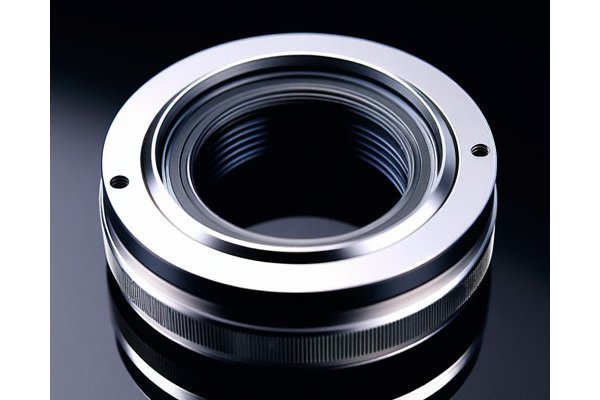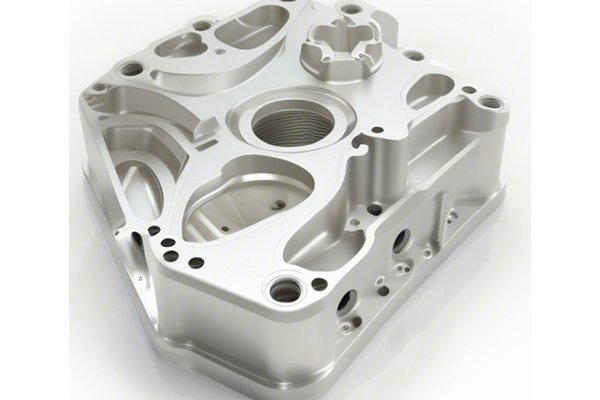Did you know that aluminum’s melting point is around 660 degrees Celsius (1,220 degrees Fahrenheit), and this remarkably low temperature compared to other metals is one reason why aluminum is frequently chosen for CNC machining? The unique properties of aluminum, combined with the delicacies of CNC machining technologies, create a fascinating interplay that can significantly influence the quality and performance of manufactured parts. In this blog, we will explore how the melting point of aluminum affects CNC machining processes, potential challenges, and solutions for various industries.
Understanding Aluminum and Its Properties
Aluminum is one of the most widely used metals in manufacturing due to its excellent balance of low density, corrosion resistance, and thermal and electrical conductivity. Its relatively low melting point makes it easier to work with during machining processes than harder metals like steel or titanium. However, this same property can create challenges when it comes to CNC machining, as excessive heat can lead to unwanted changes in the material properties, leading to deformation and reduced performance.
Key Properties of Aluminum


The Melting Point’s Role in CNC Machining
The melting point of aluminum impacts several aspects of the CNC machining process. Understanding these effects is crucial to achieving high-quality results.
The melting point determines the maximum temperature the tools will face during cutting and shaping. When machining aluminum, the cutting tool must operate below the melting point to prevent melting at the tip of the tool. Choosing the right cutting tool material and geometry becomes vital. High-speed steel (HSS) tools are often used for machining aluminum, while carbide tools are employed for higher productivity and longevity.
During machining, heat is generated due to friction between the cutting tool and the material. If the temperature exceeds the melting point, aluminum can become soft, which may lead to increased chip formation and decreased surface finish. Effective coolant application helps dissipate heat and reduce tool wear.
Machining parameters such as cutting speed, feed rate, and depth of cut are related to the melting point. Operating at optimal parameters can minimize thermal deformation, ensuring that parts maintain their intended dimensions. Advanced machining strategies, such as dry machining versus wet machining, also come into play, affecting the final surface finish.
Exposure to excessive heat can lead to warping or other forms of distortion, particularly in thin-walled components. Factors influencing distortion include the thickness of the material, machining speed, and the cooling method employed. Understanding the relationship between melting point and thermal expansion can help prevent issues during production.
Best Practices for CNC Machining of Aluminum

Case Studies: Real-World Applications
Case Study 1: Aerospace Industry
In the aerospace sector, precision is paramount. Machining components from aluminum alloys such as 7075 requires strict temperature control. In successful projects, manufacturers employed high-precision machining tools with optimal speeds and feed rates, resulting in parts that met stringent aviation standards.
Case Study 2: Automotive Industry
Automobile manufacturers frequently use aluminum for its lightweight properties, which enhance fuel efficiency. For machining processes focused on engine components, similar strategies were adopted to manage heat generation, achieving high tolerances and surface finishes.
Challenges and Solutions
Challenge: Tool Life
Aluminum can cause rapid wear on cutting tools.
Solution: Innovations in cutting tool coatings and materials have led to better tool life and performance.
Challenge: Material Warping
Thin or complex parts may warp due to heat.
Solution: Using a combination of optimized machining parameters and effective cooling techniques can minimize distortion.
Challenge: Surface Finish Quality
Achieving the desired surface finish can be difficult due to thermal effects.
Solution: Implementing advanced finishing techniques post-CNC machining helps to achieve superior surface finishes while minimizing thermal impacts.
Understanding the melting point of aluminum is essential for optimizing CNC machining processes. From tool selection and heat management to maintaining precision and quality, recognizing how aluminum’s properties impact machining is critical to success in manufacturing. By applying the best practices and solutions outlined in this blog, manufacturers can navigate the challenges posed by aluminum and achieve high-quality, efficient production.
In conclusion, as industries continue to seek lightweight and durable materials, being knowledgeable about aluminum machining processes has never been more vital. The interplay between aluminum’s melting point and CNC machining techniques is an area well worth exploring for any manufacturer looking to innovate or improve their production processes. Thoughtful consideration of these factors can lead to advancements in efficiency, quality, and profitability in today’s demanding market. So next time you work with aluminum in CNC machining, remember the melting point—it’s more than just a number; it’s a key to unlocking success in your manufacturing endeavors.




